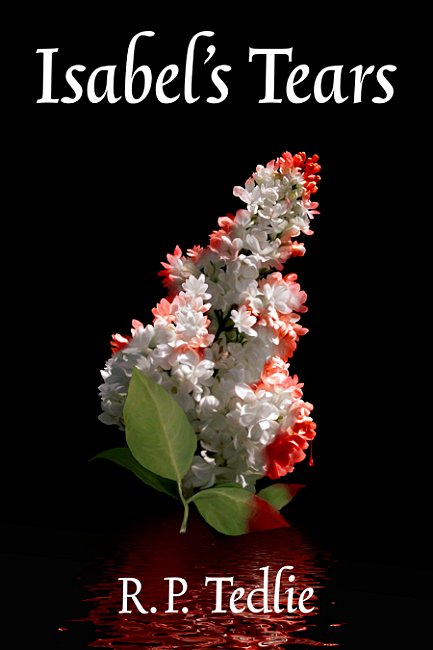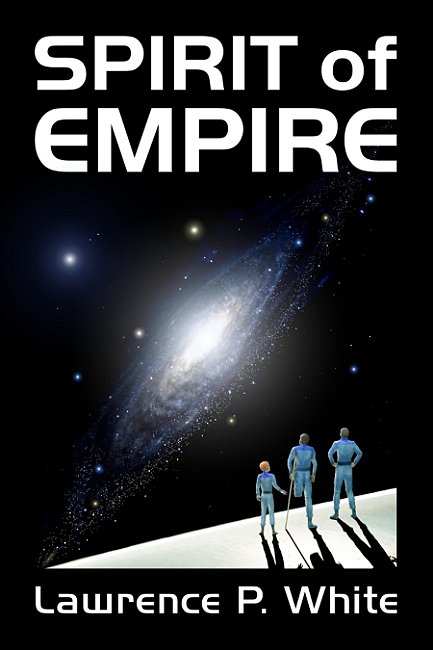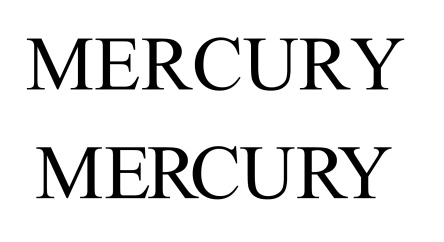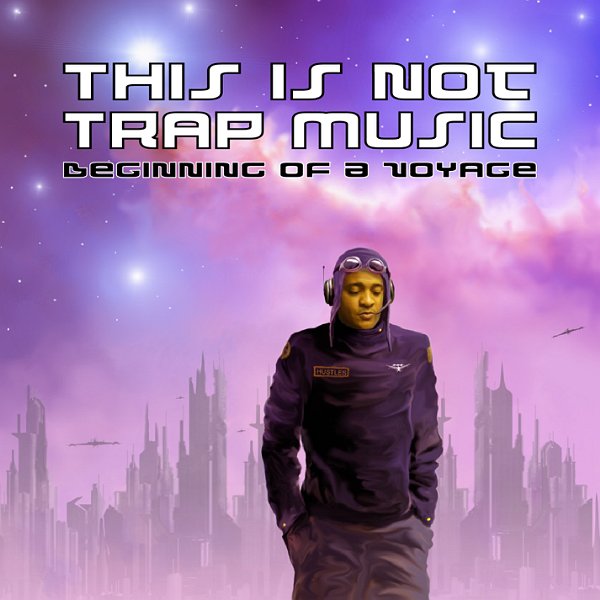
The picture above was created for the cover of Rabbi Michael Leo Samuel’s book, The Spiritual Journey of Psalm 23. This is the second cover I’ve done for Samuel. Recently he found one of my illustrations at my web site that he liked, and we built on that concept using his choice of colors and slightly different layout. The result was pretty much as shown above – except for the bright star, which in the original illustration was a tad drab and small.
After we decided the star needed to be larger and more colorful, I created a series of star variations and then let Samuel see if one of these might work for his book cover.

Perhaps one of the curses of our digital age is an embarrassment of choices. Almost anything in a picture can be altered, shifted, removed. There are an infinite number of mind-boggling possibilities.
And often when a client is presented with a number of choices, there’s concern about not choosing the very best, and while Samuel made a prompt choice, he did ask if I thought he’d picked the right one.
My answer: There was no wrong choice. By that point in the project, all the choices (I felt) were good and it simply came down to hair-splitting and taste. A guy couldn’t go wrong even if he blindfolded himself and tossed a dart to pick the right variation.
I often ponder why the creative process often ends in this confusion as to which choices should be made for a final version of a picture. I think it comes about because early on the creative process demands a critical eye, and there can be seriously wrong choices to make. This continues for some time with constant choices, with those involved hopefully making the correct choices each step of the way.
And often one wrong choice will derail the project, causing wasted time and perhaps even starting over.
But toward the end of the process, the choices become more and more subjective, and if one isn’t careful, a certain mental gridlock can set in with each choice becoming more and more stressful.
(I’m told that some shoppers suffer intense stress when presented with a wealth of similar products when shopping. Often a consumer may even avoid buying something they need for fear of picking one brand or model that is not quite as good as another.)
When one reaches the point that choices are becoming ever harder make, chances are there’s no longer any wrong choice. In the case of an illustration, the work is as good as it will get. At that point simply choosing the variation that strikes one’s fancy and calling it finished is a wise course to take.
And it saves a lot of stress in an already stressful world.
=====================
Duncan Long is a freelance book cover illustrator whose work has appeared in books offered by HarperCollins, PS Publishing, Pocket Books, Solomon Press, Ilex, Ballistic Publications, Fort Ross, and many other publishers and self-publishing authors. See his cover illustrations at: DuncanLong.com
=====================






